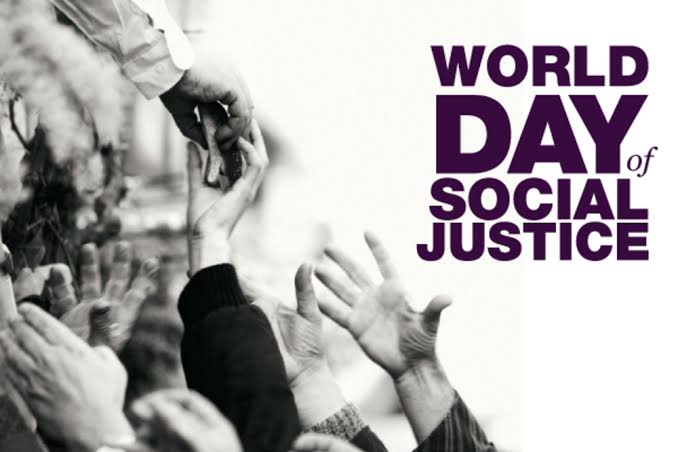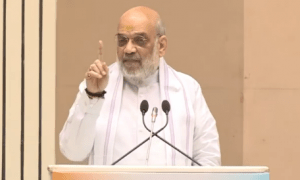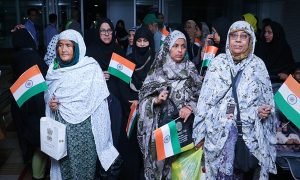World Day of Social Justice is observed on 20 February as this day focuses on achieving the goal of full employment and social integration. It also highlights the social injustice done throughout the world and to look into the solutions and improvements. Social justice is the relation of balance between individuals and society measured by comparing the distribution of wealth differences, income disparities from personal liberties to fair privilege opportunities.
Judicial issues and problems ahead in seeking Justice
A major area of concern has been the number of pending cases in the courts. This has spiralled out of control despite considerably fewer cases being filed due to the pandemic.The National Judicial Data Grid indicates more than 35.34 million cases pending in the district courts across the country. Add to these another 4.74 million cases in all the High Courts and an extremely disconcerting figure of more than 40 million cases pending in courts across the country. No single High Court or state’s lower judiciary had a full complement of judges in place.
Extreme poverty persists and is even deepening in some parts of the world, which represents a violation of basic human rights. Extreme poverty and the suffering people entail affect a large proportion of humankind. The persistence, aggravation, and very existence of extreme poverty constitute an injustice.
Social development and social justice cannot be attained in the absence of peace and security, or in the absence of respect for all human rights and fundamental freedoms. Individuals affected by internal conflicts and wars are also robbed of many of their basic freedoms and are thus victims of injustice as well.
In many respects, however, equality of rights has improved dramatically. During the past several decades, people have achieved freedom from authoritarian and totalitarian regimes on a massive scale.
Women in Judiciary
Female representation in the judiciary is varied. In some countries, women make up more than 30 % of judges, for example in Italy (52.9 %) El Salvador (48.7 %), France (70.9 %), Germany (44.5 %), Uganda (44 %), Spain (40 %) and the USA (34.7 %). While in others, the numbers are very low. Kuwait has no females, while Iraq has just 7.6 %, and Nepal 3.8 %.
In India on average, the share of women judges in the High Courts increased marginally from 11 per cent to 13 per cent, while in subordinate courts it increased from 28 per cent to 30 per cent Nevertheless, over a two-year period, twelve High Courts and twenty-seven subordinate courts improved their share of women judges. The good news is despite challenges of money and manpower, there are scattered improvements to be seen in different states and different areas. Illustratively, among the 25 ranked states, overall women representation has improved in 22 states in the police, 18 states in prisons and 20 states for subordinate court judges.
Legal Aid
Legal aid is a vital facet of accessing justice. Its mandate goes beyond representing people at court to providing counselling, settling disputes and legal education. Improving the delivery of legal aid is essential for getting doorstep justice for all. Almost 80 per cent of India’s over 1.3 billion population is eligible for free legal aid.
Over the last few years, there has been a significant increase in the number of beneficiaries with over 12 lakh persons receiving legal aid and advice in 2019.






















 WhatsApp us
WhatsApp us